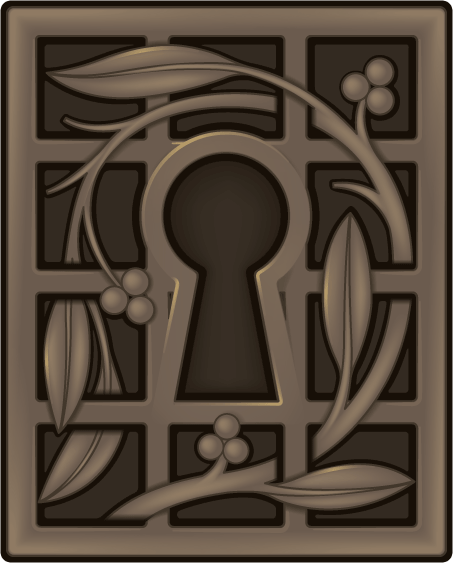As work continues, this seems like an opportune time to discuss some of the certifications we are seeking for this home and describe what they encompass. Certifications are voluntary – our only requirement is to meet the building codes in effect at the time. But we have chosen to design, build, and certify the Highland project in a number of programs, because we believe that seeking certification requires us to build to a higher standard and allows us to “future-proof” the home by surpassing the code. We’re confident it will not only produce a healthier, more durable, and more efficient home, but that the rigor of achieving these standards via a third-party independent rater will document a higher level of design, construction, quality control, and performance throughout the entire process.
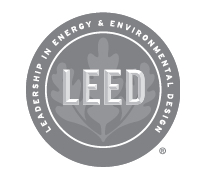
LEED– LEED® (Leadership in Energy and Environmental Design) is the largest and most recognized green building program in the U.S. The program was designed and is supervised by the U.S. Green Building Council, and has specific rating programs for different building types, including homes. To certify a home under LEED, we must first register the project, identify the credits we need to achieve under the rating system, design and build the home to satisfy the credit specifications, have an independent rater test and document that we have met the requirements, and then submit an application package for review. LEED certifies buildings to four different performance levels, based on how many credits they achieve: Certified, Silver, Gold, and Platinum. Credits are awarded in different categories, including location and site selection, energy efficiency, water efficiency, indoor environmental quality, and materials use. (LEED®, and its related logo, is a trademark owned by the U.S. Green Building Council® and is used with permission.)
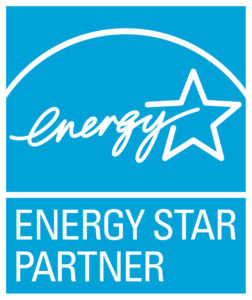
ENERGY STAR– Ninety-percent of American households recognize the ENERGY STAR, making it one of the most widely recognized consumer symbols in the nation. ENERGY STAR® is the government-backed symbol for energy efficiency, found on countless home appliances and other consumer products. Less well known, though, is that there is also an ENERGY STAR certification for home construction. ENERGY STAR certified homes are at least 10% more energy efficient than homes built to code and achieve a 20% improvement on average, while providing homeowners with better quality, performance, and comfort. To certify as an ENERGY STAR home, a home has to pass several checklists and have the results verified by an independent rater.
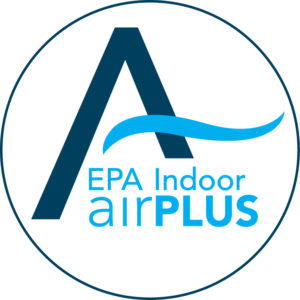
Indoor airPLUS– Indoor airPLUS is a voluntary partnership and labeling program that helps new home builders improve the quality of indoor air by requiring construction practices and product specifications that minimize exposure to airborne pollutants and contaminants. Clean air is good for everyone’s health, but it can be especially important to those that have chronic respiratory conditions. EPA created Indoor airPLUS to help builders meet the growing consumer preference for homes with improved indoor air quality. Indoor airPLUS builds on the foundation of EPA’s ENERGY STAR requirements for new homes and provides additional construction specifications to provide comprehensive indoor air quality protections in new homes.
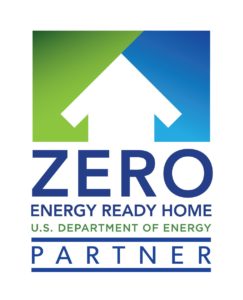
Zero Energy Ready Home– this certification, developed by the Department of Energy, represents a whole new level of home performance, with rigorous requirements that ensure outstanding levels of energy savings, comfort, health and durability. A ZERH is a high-performance home so energy efficient that all or most of its annual energy consumption can be offset with renewable energy. ZERH works towards this goal by first requiring the home to certify ENERGY STAR and Indoor airPLUS, then going beyond to focus on measures that enhance durability, quality, efficiency, advanced technology, comfort, and a healthy indoor environment.


